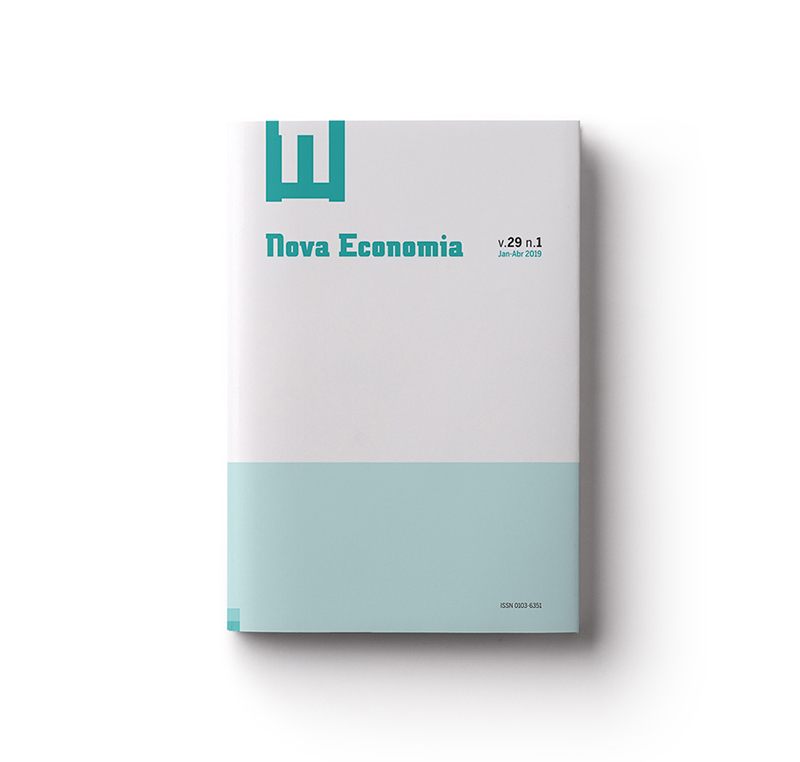Growth of local industrial employment in Brazil
does the degree of specialization by technological intensity matter?
Abstract
The aim of this paper is to revisit the debate on the degree of specialization and industrial diversification and the growth of local manufacturing employment in Brazil. A matrix of sectoral spillovers is built in which it is verified whether sectors, grouped by technological intensity, influence the performance of disaggregated manufacturing groups. Spatial data panel techniques are used to control non-observed local effects and possible spatial dependence over the period 1995-2014. The results show that specializations in low-technology manufacturing groups create stimulus for several other manufacturing groups regardless of the level of technological intensity. The spillovers coming from high technology manufacturing industries are less frequent, though they also occur depending on the industrial manufacturing group considered. In general, sectors of higher and lower technological intensity flourish with the presence of MAR externalities. We conclude that the diversification/specialization debate can vary considerably, requiring specific industrial and regional policies by manufacturing industries.
Downloads
Published
How to Cite
Issue
Section
License
Authors who publish with this journal agree to the following terms:
- Authors retain copyright and grant the journal right of first publication with the work simultaneously licensed under a Creative Commons Attribution 4.0 International License that allows others to share the work with an acknowledgement of the work's authorship and initial publication in this journal.
- Authors are able to enter into separate, additional contractual arrangements for the non-exclusive distribution of the journal's published version of the work (e.g., post it to an institutional repository or publish it in a book), with an acknowledgement of its initial publication in this journal.
- Authors are permitted and encouraged to post their work online (e.g., in institutional repositories or on their website) prior to and during the submission process, as it can lead to productive exchanges, as well as earlier and greater citation of published work (See The Effect of Open Access).




